
At the 47th session of the World Heritage Committee held in Paris (France) on July 13, UNESCO approved the decision to expand the boundary of the Phong Nha - Ke Bang World Natural Heritage (Quang Tri province, Vietnam) to include Hin Nam No National Park (Kham Muon province, Laos).
This common heritage is listed under the name "Phong Nha - Ke Bang National Park and Hin Nam No National Park", meeting the criteria of geology - geomorphology, ecosystem and biodiversity.
This is the first transboundary natural heritage that Vietnam has participated in, demonstrating regional cooperation efforts in nature conservation and sustainable development.
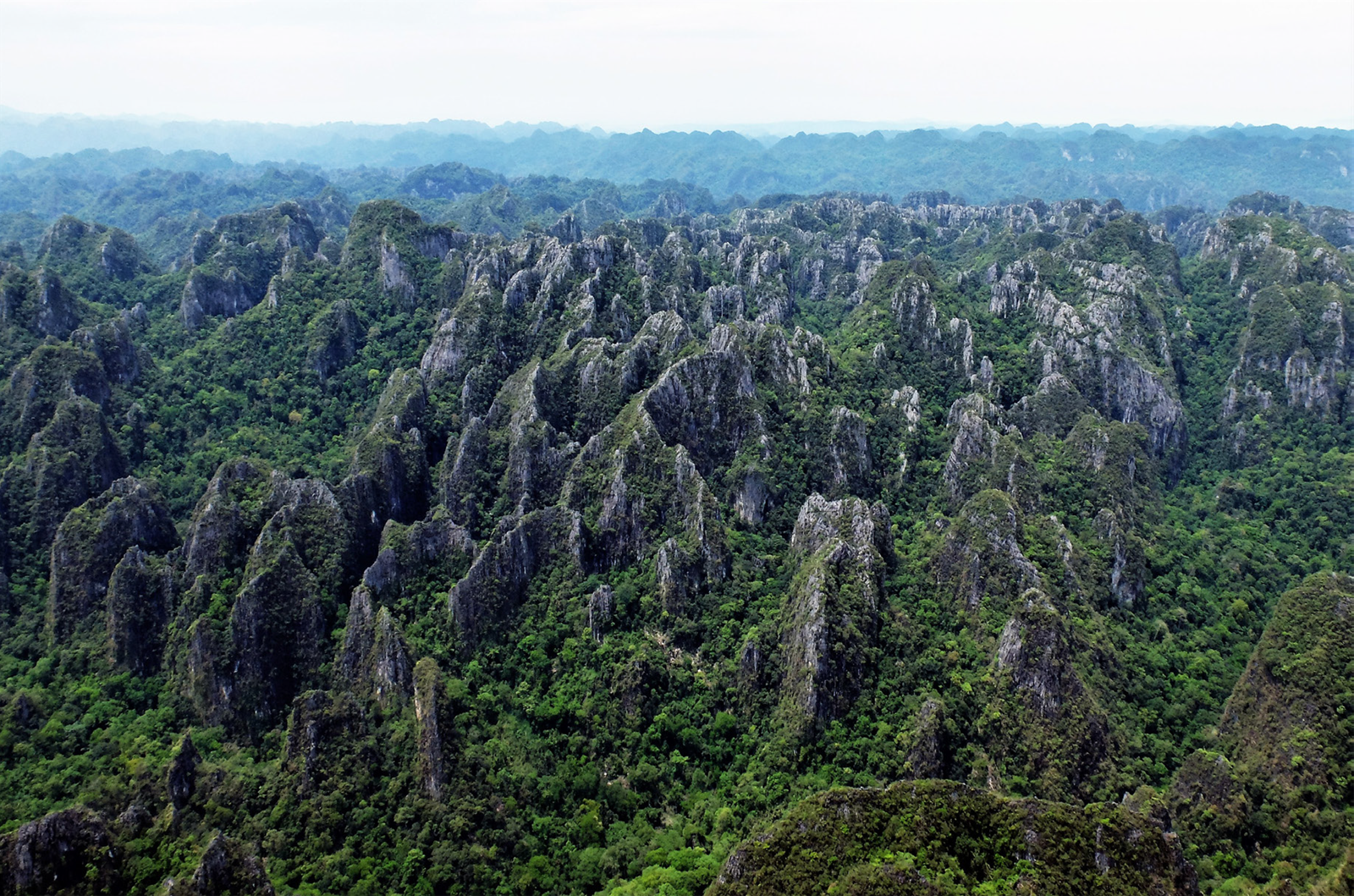
Associate Professor, Dr. Le Thi Thu Hien, Director of the Department of Cultural Heritage, said that the nomination dossier was completed over a year after the two countries officially agreed on the policy in early 2023 and submitted to UNESCO in February 2024.
"The two national parks are not only symbols of global natural values, but also symbols of friendship and solidarity between the Vietnamese and Lao peoples on the path of environmental protection and sustainable development," said Ms. Hien.
Deputy Minister of Culture, Sports and Tourism Hoang Dao Cuong said this event affirms the efforts to preserve the environment of the two countries, while demonstrating UNESCO's global vision in promoting peace and regional cooperation through heritage.
"We hope to continue receiving support from the international community in the conservation and sustainable management of this cross-border heritage site," Mr. Cuong said at the meeting.
Lao Minister of Culture and Tourism Suanesavanh Vignaket called this "a proud moment for the Lao Government and people", pledging to continue extensive cooperation with Vietnam in heritage management and sustainable tourism development.
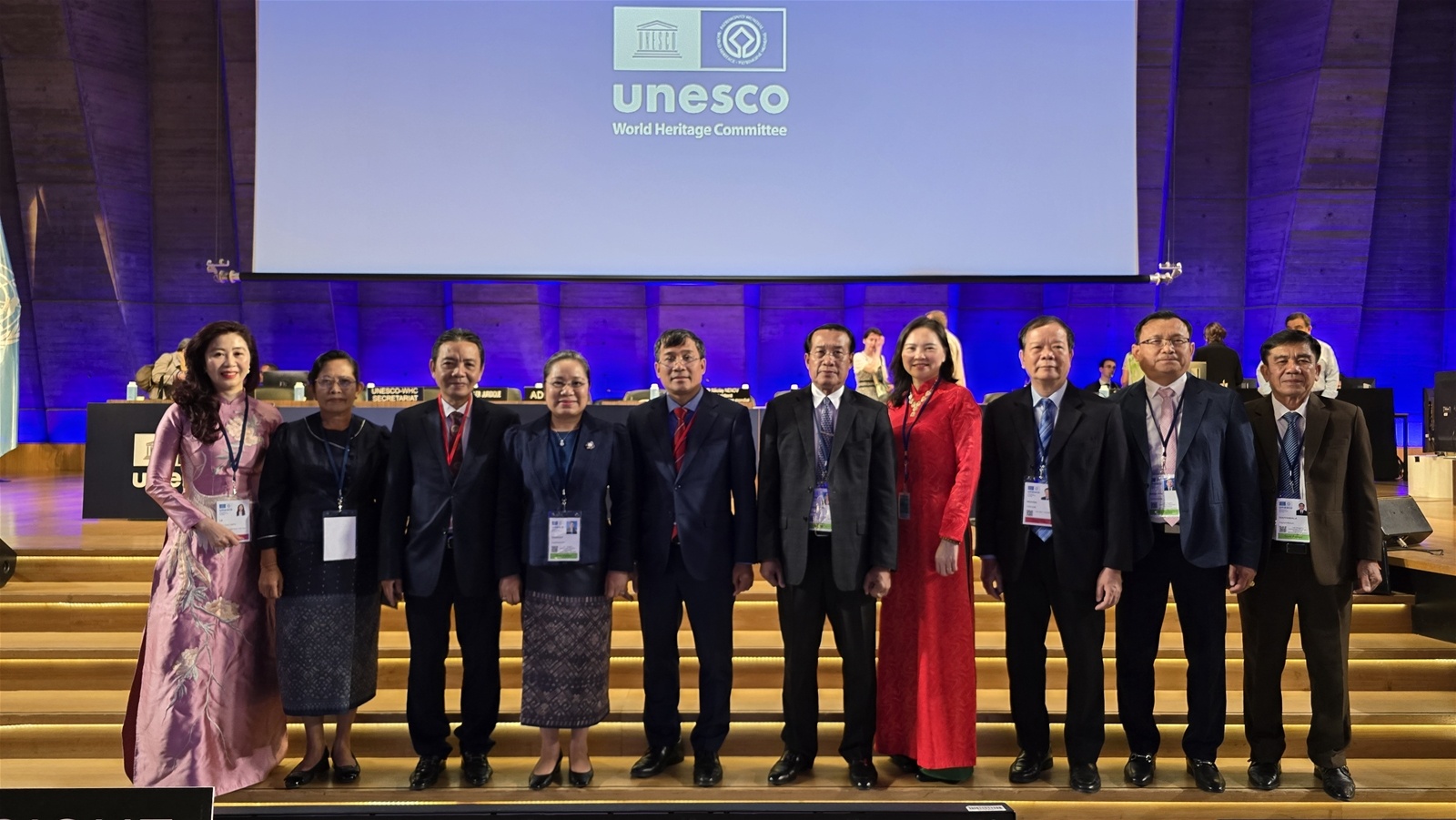
The Phong Nha - Ke Bang and Hin Nam No border area is considered one of the largest intact tropical karst systems in the world. The limestone terrain was formed more than 400 million years ago with giant caves, including Son Doong Cave - the largest cave in the world and the famous Xe Bang Fai Cave in Laos.
According to the assessment of the International Union for Conservation of Nature (IUCN) - an advisory body of UNESCO, this heritage not only has outstanding global geological and biological values but is also a typical model for cross-border cooperation in conservation.
The two national parks are currently managed under separate plans, but are coordinated through a common mechanism signed between the localities on both sides of the border. Forest protection patrols, tourism control, sharing of scientific data, and capacity building for heritage management are all part of the long-term cooperation framework.
With this registration, Vietnam now has 9 World Heritages, including 2 natural heritages, 2 mixed heritages and for the first time a transnational heritage. Previously, our country had 2 inter-provincial heritages: Ha Long Bay - Cat Ba and the Yen Tu - Vinh Nghiem - Con Son, Kiep Bac relic complex.
In the coming time, Vietnam and Laos will conduct international scientific research, assess tourism capacity, build a data sharing mechanism and provide legal support to Laos in heritage management.
Phong Nha - Ke Bang was recognized by UNESCO as a World Natural Heritage for the first time in 2003 with its system of caves, limestone mountains and rare biodiversity.
Hin Nam No National Park, bordering Phong Nha - Ke Bang, is one of the largest primary forest ecosystem reserves in Laos, highly appreciated by the International Union for Conservation of Nature (IUCN).
Source: https://baohatinh.vn/viet-nam-lan-dau-co-di-san-thien-nhien-the-gioi-lien-quoc-gia-post291655.html


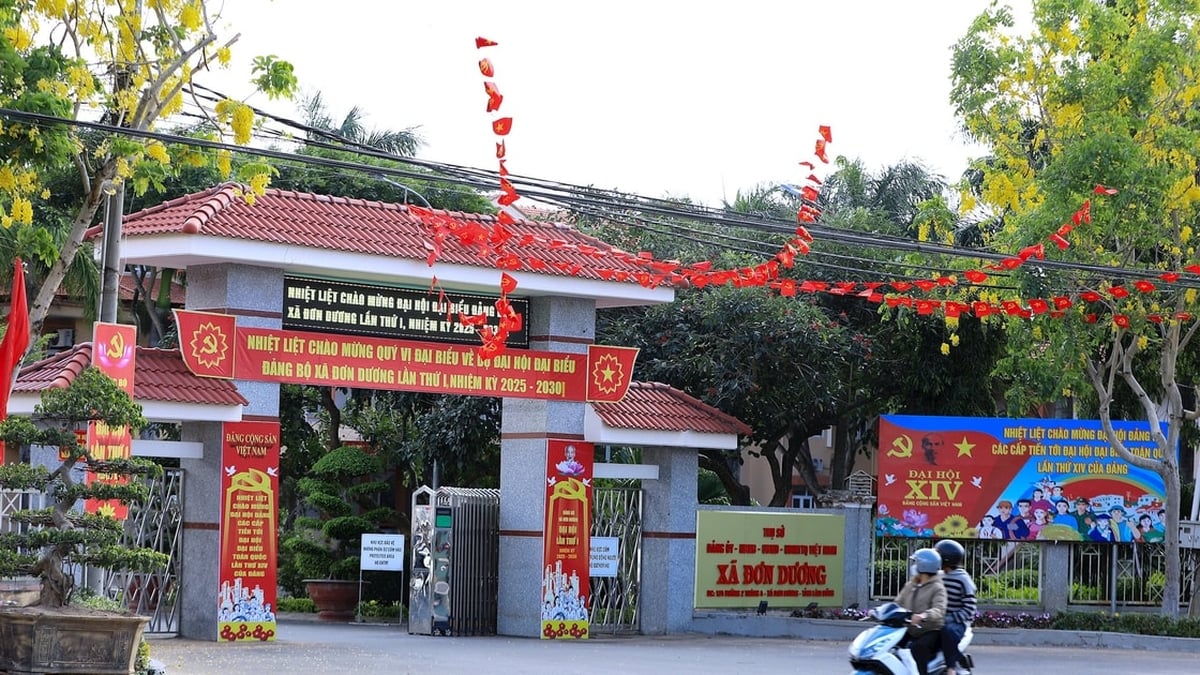

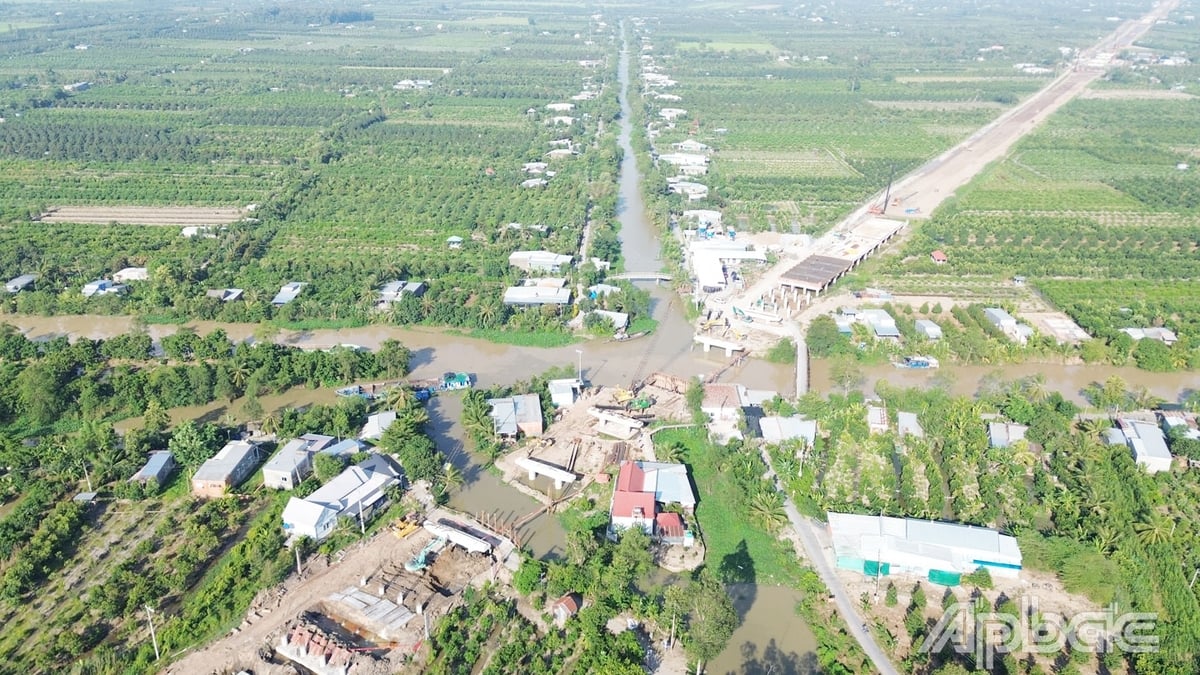





















































![[Maritime News] Treasury Department Targets Diverse Networks Facilitating Iran's Oil Trade](https://vphoto.vietnam.vn/thumb/402x226/vietnam/resource/IMAGE/2025/7/14/43150a0498234eeb8b127905d27f00b6)





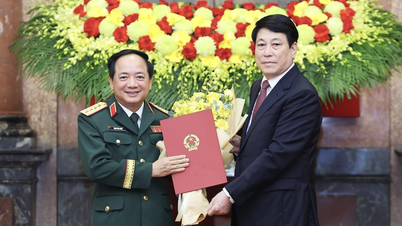

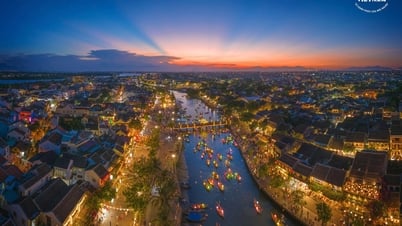





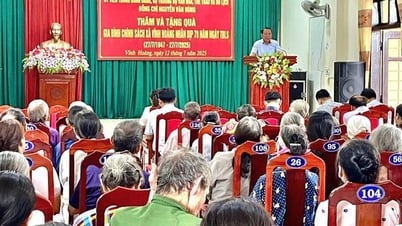
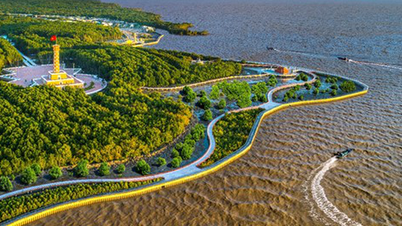
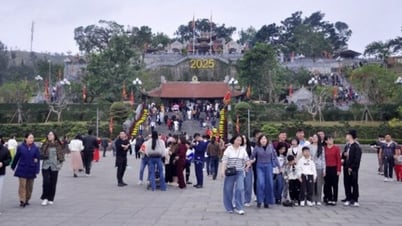

























Comment (0)